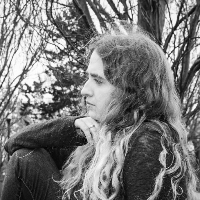How WandaVision Redefines The Female Superhero Story

Since her first on-screen appearance in Captain America: The Winter Soldier, Wanda Maximoff has been a fan favorite for many Marvel fans.
Super powerful, with a tragic backstory and morally gray motivations, Wanda is a clear standout in the MCU. However, the movies fail to completely capture the complexity of her story as she acts in a supporting role for a large cast.
The WandaVision series is a chance for Wanda to finally step into a leading role. This series, following Wanda and her partner, Vision, allows Marvel to flesh out the story of a complex, sympathetic, and dynamic female superhero, and it does so incredibly well.
To understand how WandaVision breaks through barriers for Marvel, it's important to start at the very beginning. Here is a summary of the history of Scarlet Witch, how her character has evolved through time, and how Marvel has succeeded- and failed- at writing female superheroes so far.
Who is Scarlet Witch? Wanda Maximoff's backstory, powers, and appearances in Marvel
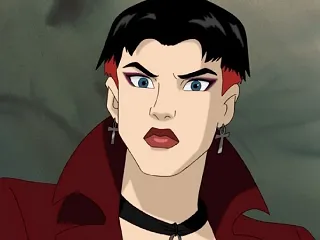
Scarlet Witch's Origin and First Appearances
Wanda Maximoff and her brother, Pietro, first originated in The X-Men 4, a comic published in 1964 written by Stan Lee and Jack Kirby as part of the original Uncanny X-Men series (1963-70). Since then, Wanda has appeared in over 1,000 comics, mainly as a member of either the Brotherhood of Mutants (X-Men verse) or as an Avenger.
Since then, she has appeared in many animated series including X-Men Evolution (2000), Wolverine and the X-Men (2009), Iron Man (1994), and X-Men (1992) to name a few. She has also been portrayed in the MCU by Elizabeth Olsen, first appearing in an after-credits scene in Captain America: The Winter Soldier and becoming a staple in the Avengers films. Most recently, of course, was her role in the Disney+ series WandaVision.
The backstory of Scarlet Witch
In the comic book universe, multiple, sometimes contradictory storylines can exist within the same ‘canonic’ universe. Different runs have different authors and artists with different interpretations of characters, and in some cases, continuity is bent or disregarded altogether. This makes for more (and more interesting) storylines, but it also means that finding a solid backstory for any comic book hero may prove challenging.
To understand this, simply consider how many movie incarnations there have been of Spiderman, The Fantastic Four, and the ever-expanding universe of X-Men.
In Wanda’s original backstory, she and her brother are rescued by Magneto from an angry mob intent on destroying them because of their powers. This falls neatly into the story of the X-Men, where mutants are ostracized from society and feared by ‘normal’ people. Owing to the debt to Magneto, the two reluctantly join the Brotherhood of Mutants, an organization run by Magneto in opposition of the X-Men led by Charles Xavier.
However, it doesn’t take long for Scarlet Witch to leave the Brotherhood and join up with the Avengers instead, where she remains for the majority of her comic book existence.
Of course, (in some versions of the story), it is eventually revealed that Scarlet Witch and Quicksilver and Magneto’s long lost mutant children. So why didn’t these characters fit into the X-Men movies instead?
This all has to do with copyright issues. With Sony owning the rights to the X-Men and Disney owning the Avengers, there was no fair way to decide who gets to use the Scarlet Witch and Quicksilver. On the one hand, the twins are Magneto’s children, and Magneto is one of the main players in X-Men. But Scarlet Witch exists as an Avenger for far longer than she does a member of the Brotherhood.
Eventually, a compromise was made between the two studios. Each could have their own version of the twins, but Marvel couldn’t mention Magneto, the X-Men, mutants, or anything else legally owned by Sony.
And so, Wanda’s backstory changed again. In the MCU, Wanda and Pietro are volunteers for Hydra experimentation involving the Mind Stone. Again, this makes sense. Wanda’s powers are mainly of the mind: telekinesis, memory-manipulation, and the ability to get inside of people’s minds.
By the end of WandaVision, Agatha Harkness gives Wanda’s abilities the specific label of Chaos Magic, thus making Wanda the Scarlet Witch. But just how powerful is Wanda? And what does Chaos Magic really mean?
Scarlet Witch's Powers and Abilities
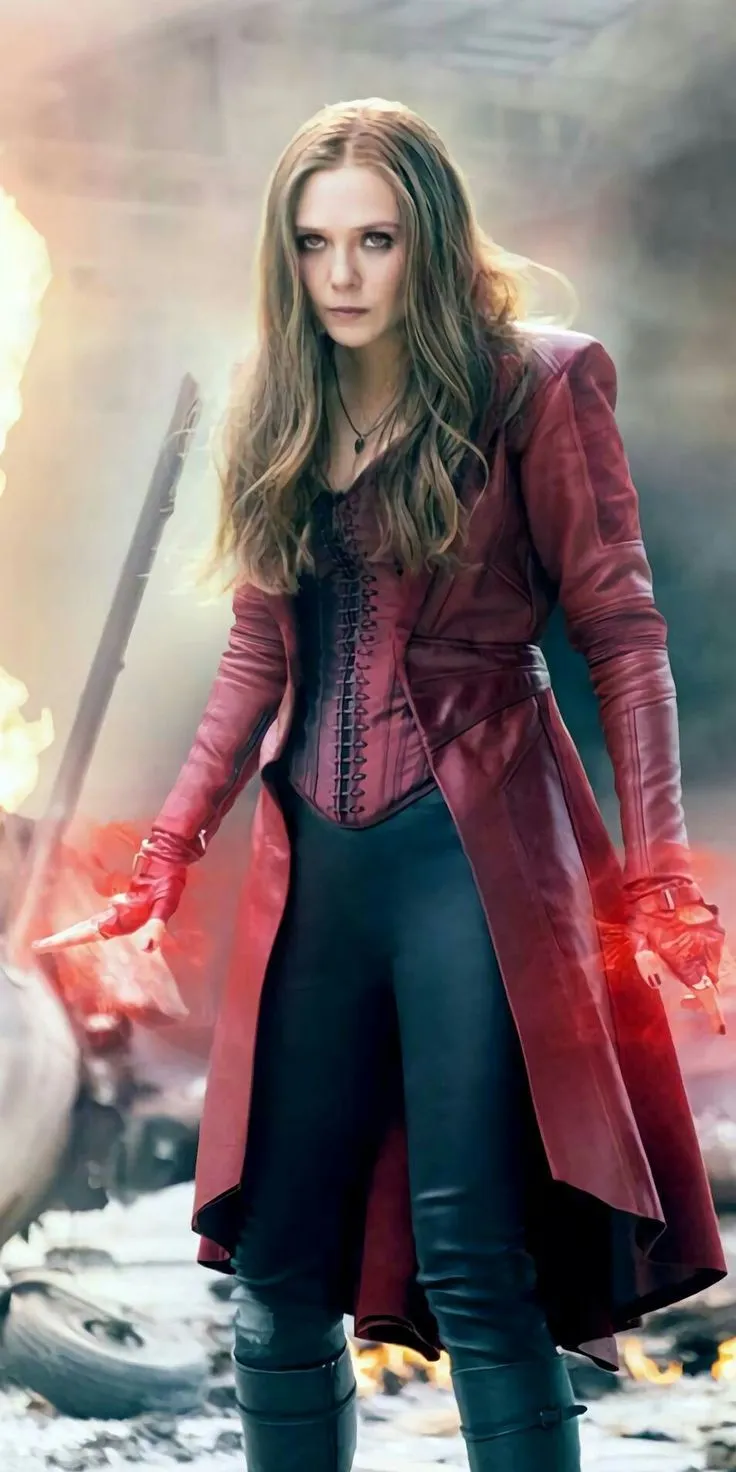
When Wanda’s character is first introduced in the comics, her power is altering probability. Since then, her abilities have evolved into chaos magic, and reality warping. She can influence the minds of others, forcing them to relive upsetting experiences or to forsake their identity, as we see in WandaVision. She has telekinesis, can create force fields, and has the ability to fly. Wanda can also manipulate energy, using it as a physical force against her enemies.
Scarlet Witch is generally regarded as one of the most powerful characters in Marvel.
Why WandaVision is such a success and how it elevates the female superhero story
WandaVision Plot Summary
This show takes place after the events of Avengers Endgame.
For the first few episodes, this show leaves its viewers quite confused. We open with a black and white sitcom reminiscent of Dik Van Dyk that stars Wanda and Vision. At this point, there is no explanation given to where they are, what’s happening, or how Vision is alive.
As the show progresses, we see more and more sitcom-parodies moving through the decades of television. It takes several episodes for viewers to become aware of the truth, although it is hinted at since episode one; Wanda is controlling this universe, and a force-field keeps her town locked inside of a hallucination acting like sitcom characters against their will.
Eventually, we see Wanda remembering the events that led up to the creation of WandaVision. She denies the truth at first, but as the story continues, she and Vision become more and more self-aware as Wanda’s powers reach their limit and the tv show starts to glitch out.
While this is happening, S.H.I.E.L.D agents, including Jimmy Woo, Darcy Lewis, and Maria Rambeau, are camped outside of Wanda’s forcefield and trying to infiltrate it.
This series takes many twists and turns as the characters move between reality and fantasy, all controlled and affected by Wanda’s powers. It contains nine episodes and is available exclusively on Disney+.
WandaVision stars Elizabeth Olsen and Paul Bettany and was created by writer/producer Jac Schaeffer. This show has been nominated for three awards: Directors Guild of America for ‘Outstanding Directorial Achievement in Movies for Television and Limited Series’ and Scream Awards for ‘Best TV Show’ and ‘The Ultimate Scream’
Why Wanda Maximoff is the perfect 'strong female character' in WandaVision
Much like Scarlet Witch’s backstory, the idea of a strong female character is not clearly defined.
Some believe that a strong female character must have physical strength, therefore acting as the opposite of the ‘damsel in destress’. A woman who can fight her own battles and take care of herself through combat. But others claim that a strong female character should have complexity and add depth to the story.
Lights Film School put it best: a strong female character is just a strong character who is also female. To write a strong female character, one only has to focus on writing a character who has complexity, whose actions progress the plot, and who is a key player in the story.
1. WandaVision puts Wanda’s characterization before her gender
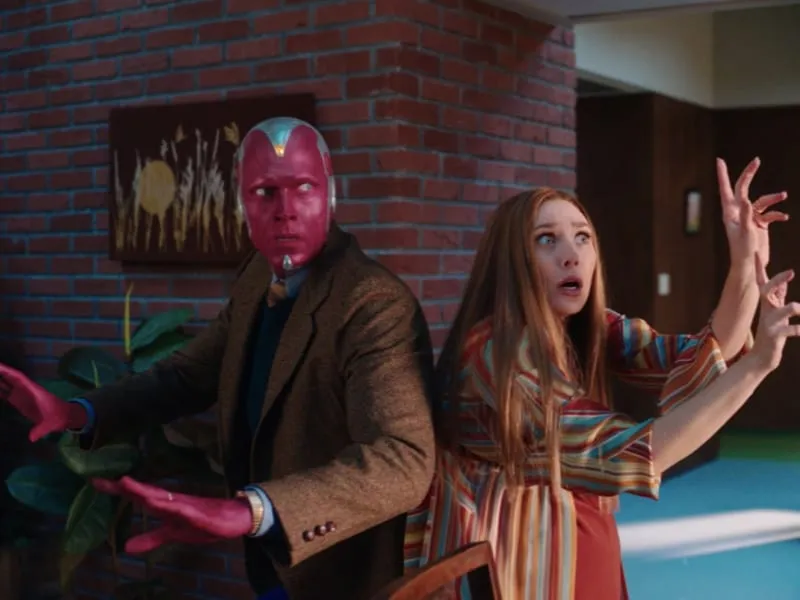
Some stories make a point of showing off how many female characters they have by constantly drawing attention to ‘girl power’ or having the character make references about their gender unnecessarily (“I fight like a girl!” or “every man has a strong woman behind him”).
WandaVision doesn’t do this. It doesn’t make a spectacle of including female characters, it just does it. This is so refreshing and normalizes the involvement of female characters in leading and superhero roles.
2. WandaVision includes women in several leading roles with different personalities
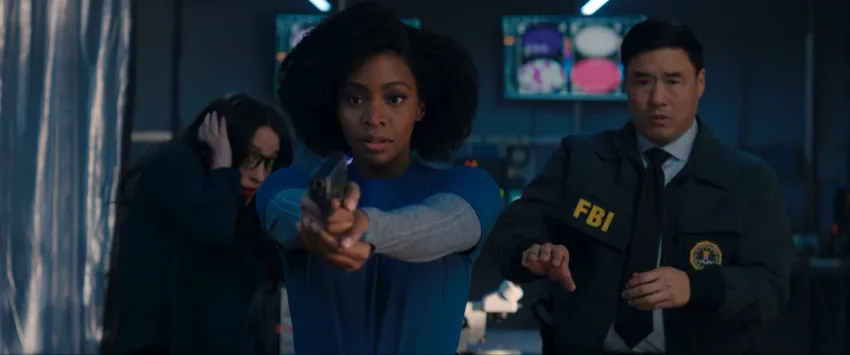
Marvel tends to place women into supporting roles, usually acting as love interests or token characters (the original Avengers movie only included Black Widow, even though there are many female Avengers to choose from). Thankfully, this started to turn around with the Captain Marvel movie.
Wanda, Agatha Harkness, Monica Rambeau (who first appeared in Captain Marvel), and Darcy Lewis (who first appeared in Thor) are all unique characters whose actions directly affect the plot. They have different personalities, different motivations, and different reactions to major events.
3. Several female writers and creators were involved in the production of WandaVision
Besides WandaVision’s creator, Jac Schaeffer, there are several female writers and story editors involved in this show including Mackenzie Dohr, Laura Donney, and Megan McDonnell.
4. WandaVision’s wardrobe was the perfect balance of stylish and realistic.
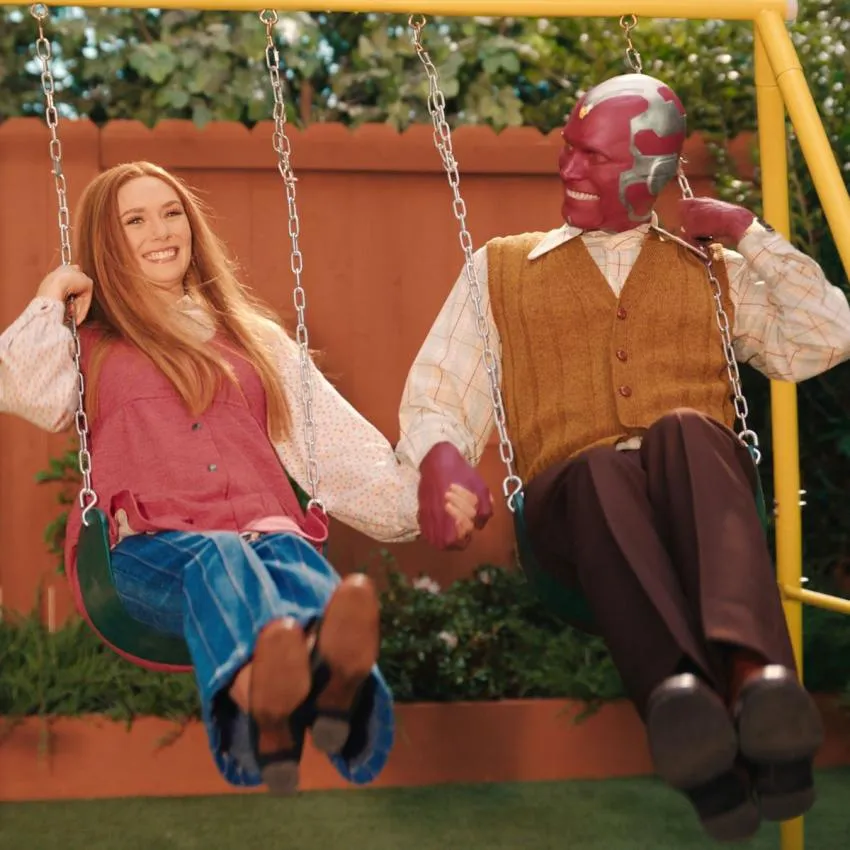
The costume department did an amazing job creating different looks for Elizabeth to match every decade Wanda appears in. While her costumes are beautiful, fashionable, and memorable, they are not over-sexualized.
WandaVision pays homage to a classic Scarlet Witch look before debuting their own interpretation, which is both breathtaking and functional. According to Insider, Elizabeth Olsen herself tested the suit’s functionality and impacted its final design!
Note: having female characters who dress sexy is fine. Having female characters who dress sexy to the point of ridiculousness for the sake of the male audience is… less fine. And it’s overdone.
Additionally, having Wanda perform much of the series finale in sweatpants and without full makeup fully shows the priorities of the show: it’s about Wanda as a character, not Wanda looking gorgeous when it doesn’t make sense to the story.
5. The Scarlet Witch has massive power, but she isn’t invincible
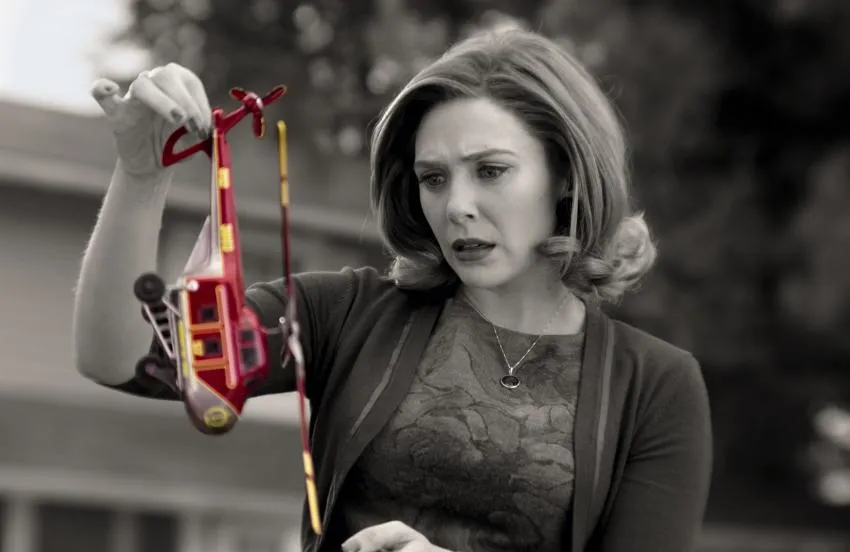
Although The Scarlet Witch is one of the most powerful characters in Marvel, her power is not unbeatable. She is threatened by Agatha Harkness, White Vision, and the limitations of her own power.
Also, Wanda doesn’t gain all of her power out of nowhere. We see her progress in skill and strength from her first appearance in Winter Soldier (2014) to her emergence as Scarlet Witch seven years later. To learn control over her abilities, she must also gain control over her emotions and overcome trauma and hardship. WandaVision is the endpoint of a long progression that takes place across many movies and episodes, and her final reveal as Scarlet Witch is well-earned.
6. Wanda is complex and flawed without falling into the ‘mad woman’ trope.
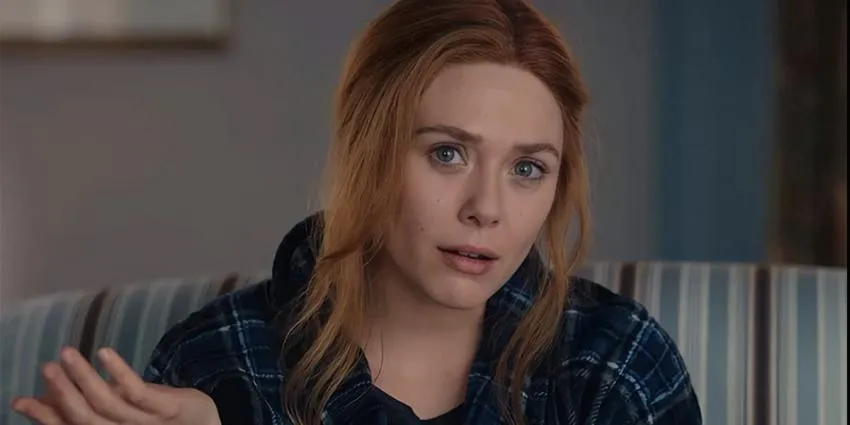
It’s no secret that Wanda’s been through a lot. As a child, she grew up in a warzone and was involved in a bombing that killed her parents. We see her lose her brother, then her romantic partner Vision. Wanda is also widely misunderstood and treated with fear and distrust by the public and her own teammates.
All these complexities add layers to her personality and affect the decisions that she makes. Her actions are morally grey and harmful to those trapped in her universe. But we understand why Wanda acts the way that she does, and we can’t help but sympathize with her.
Wanda never loses autonomy; she doesn’t fall into the grieving, widowed woman trope or goes completely ‘bad’. She works through what has happened to her and ultimately chooses to remove the forcefield, sacrificing her own happiness for the sake of the people she’s imprisoned.
7. WandaVision lets Wanda have lighthearted moments and humor to balance out the darker story
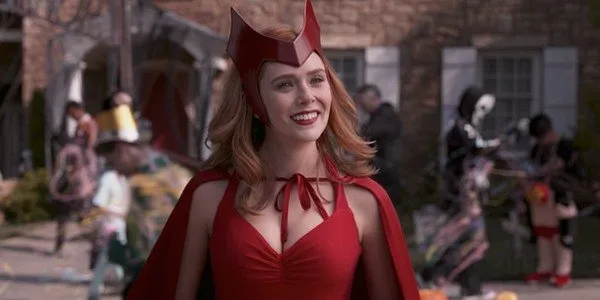
Wanda’s banter with Vision attempts to blend in with the regular townspeople, and interactions with her kids all give her character breathing space and bring lighthearted humor to the show. Matching the humor with the style of the ‘episode’ she’s airing is an added bonus; it keeps the show fresh and panders to many different types of audiences.
8. Wanda is allowed to be a wife and a mom without sacrificing her personality
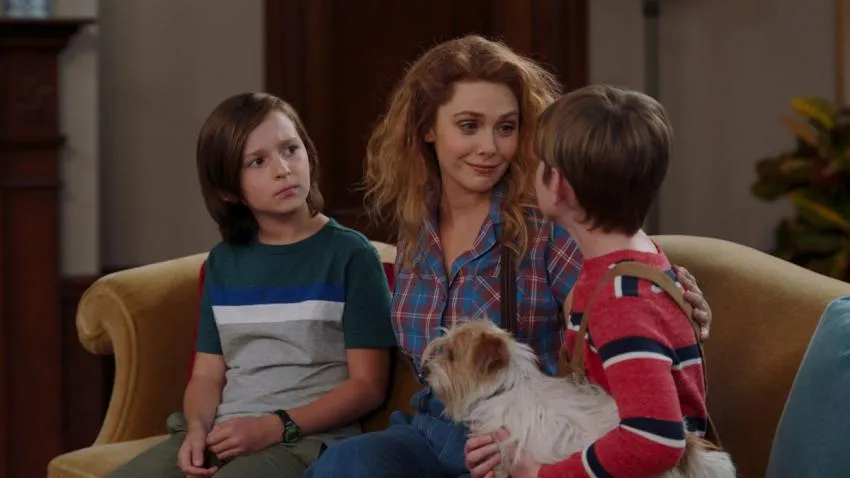
In many cases, the mother or wife character exists as an extension of the male lead character. This is why we see so many dead wives; their lives act as fuel to aid the man’s story rather than being valued on their own.
Wanda is the protagonist of this story, and this fact is never put into question. Her relationship with Vision, as well as her love for her children, help tell the story and add depth and stakes without stealing the focus from her own internal development. She and Vision are allowed to love each other organically, and while Vision is partially the motivation behind Wanda’s actions, he is not the only one.
Summary
WandaVision is a show worth watching not only for its incredible story, unique formatting, and plot-twists but also for its progression of telling the female superhero story in a respectful, realistic way.
Opinions and Perspectives
I love how WandaVision finally gave Wanda the spotlight she deserved. The way they portrayed her grief and power struggle felt so raw and real to me.
The sitcom format was brilliant. It really showed how she was using TV as an escape from her trauma, just like many of us do.
Am I the only one who thinks they went too easy on her? She literally held an entire town hostage. That's not okay, no matter how sad you are.
I get what you're saying about her actions being wrong, but that's what makes her character so compelling. She's not a perfect hero or a complete villain.
The costume progression through different decades was incredible. Loved how they paid homage to classic sitcoms while still keeping Wanda's character development at the forefront.
Reading about the female writers involvement really explains why this show felt so different from other Marvel projects. The perspective was refreshing.
My favorite part was how they didn't make her powers come out of nowhere. We've seen her growing stronger since Age of Ultron, and this felt like a natural progression.
The article makes a great point about her being both a wife and mom without losing her identity. That's pretty rare in superhero stories.
I actually disagree about her not falling into the mad woman trope. The whole grief-driven chaos felt pretty stereotypical to me.
You're missing the point. The show explored her trauma without making it her only defining characteristic. That's what made it different.
Kathryn Hahn as Agatha was such a perfect addition to the show. Finally, a villain who could match Wanda's power level.
What really struck me was how they handled Vision's role. He wasn't just a love interest, but a real partner in the story.
The sweatpants in the finale was such a small detail but so important. Finally, a female hero who doesn't need to look perfect while saving the day.
I wish they had explored more of her connection to the Mind Stone. That part of her backstory feels underdeveloped.
Monica Rambeau's character was such a great addition. She understood Wanda's grief but still called her out when needed.
The way they balanced humor with heavy themes was perfect. Those sitcom moments made the dark parts hit even harder.
Anyone else notice how they never had to explicitly say girl power? They just showed strong women being strong naturally.
I think the article overlooks how groundbreaking it was to have multiple complex female characters who weren't competing with each other.
The scene where she created the Hex showed such raw emotion. Elizabeth Olsen's acting was incredible there.
Still can't believe they made us sympathize with someone who was essentially torturing an entire town.
That's the genius of it though. They showed how someone good could do terrible things while dealing with overwhelming grief.
I loved seeing Darcy again. Her character growth from the Thor movies to this was fantastic.
The way they handled her powers was interesting. She's incredibly strong but still has clear limitations and struggles.
I think this show really raised the bar for how female characters should be written in the MCU.
The transition between different TV eras was so clever. Each one reflected a different aspect of her emotional state.
I appreciate how they didn't make her immediately overcome her grief. That felt much more realistic.
The article is right about her relationship with Vision. It added to the story without overshadowing her character development.
Does anyone else think the ending was too neat? Real trauma doesn't resolve itself that cleanly.
The way they balanced her being both victim and villain was masterful storytelling.
I found myself relating to Wanda way more than I expected to. That's good character writing.
Her final costume design was perfect. Functional but still true to the comics.
